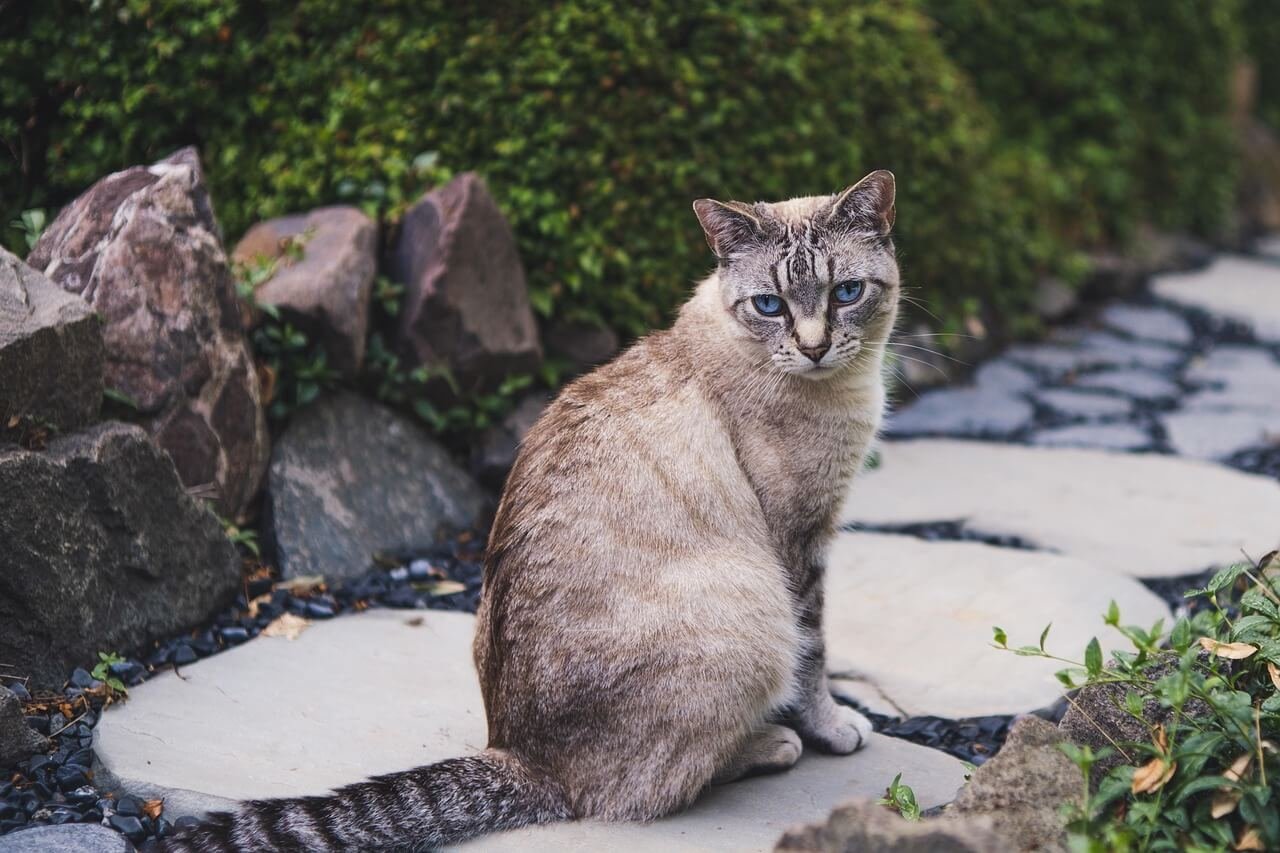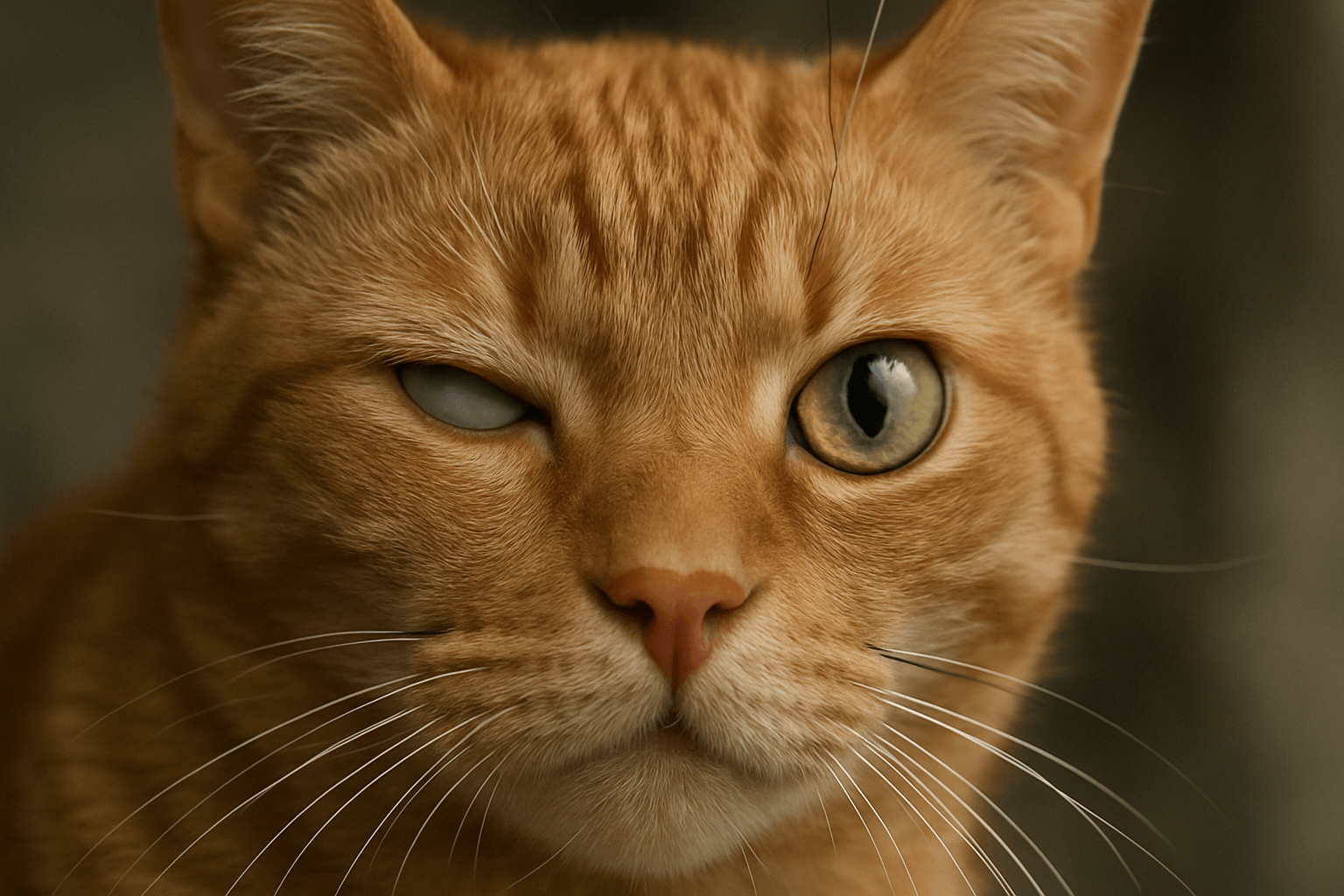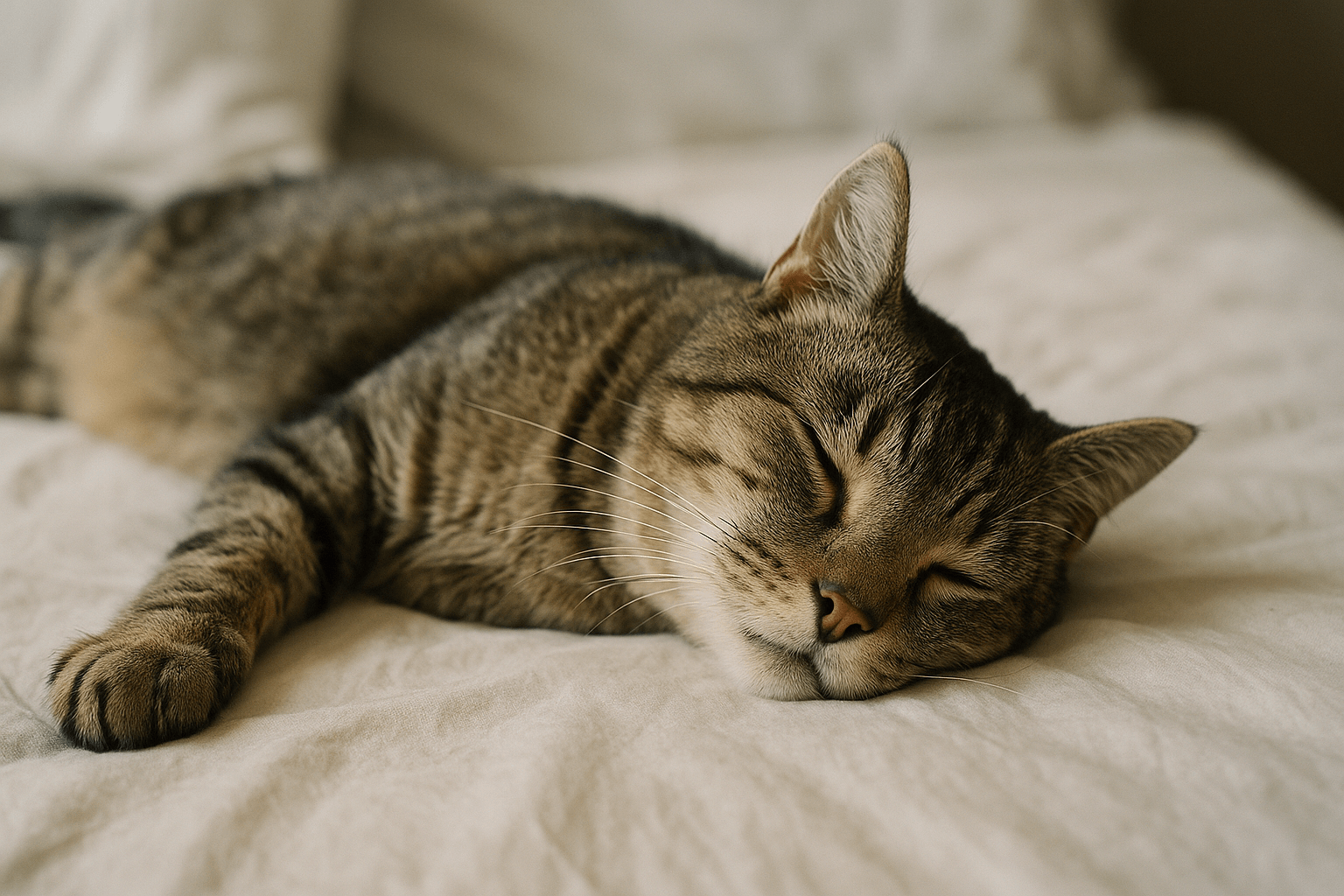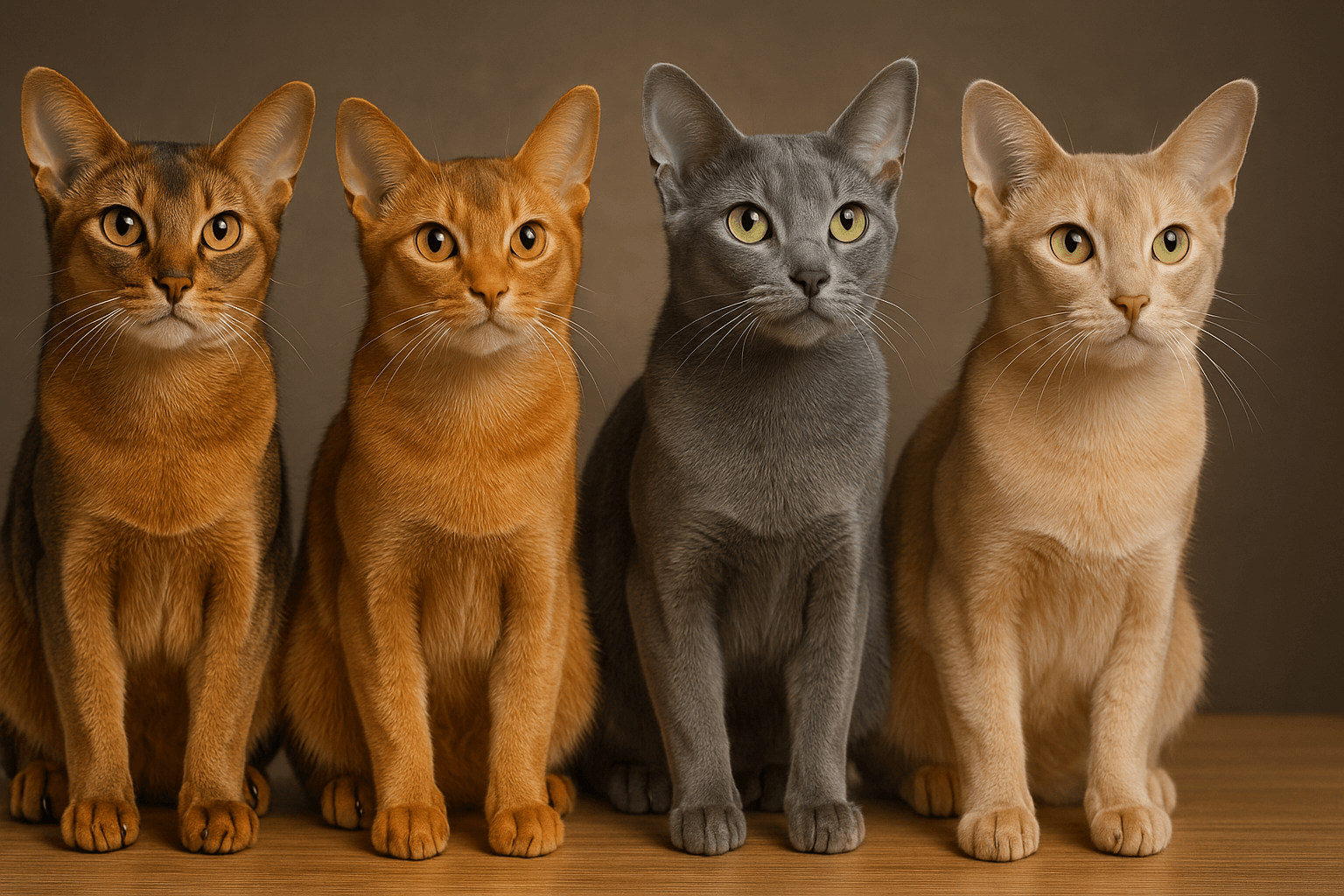Why Does My Cat Not Make Biscuits? Unraveling the Mystery of Kneading
If you’re a cat owner, you’ve likely seen the adorable behavior known as “making biscuits,” where cats rhythmically press their paws against soft surfaces. This comforting action is often associated with kittens nursing or adult cats showing affection. But what if your feline friend doesn’t engage in this behavior? Is it normal for a cat not to make biscuits? While some cats knead frequently, others rarely—or never—do so, and this can leave pet owners wondering why. In this article, we’ll explore the reasons behind kneading, factors that might explain why your cat skips this behavior, and how you can encourage them if you’d like to see more biscuit-making moments.
The Science Behind Kneading: What Drives This Behavior?
Kneading is a natural behavior rooted in a cat’s early life experiences. It serves multiple purposes, both practical and emotional. Understanding these motivations helps explain why some cats knead while others don’t.
Nursing Instincts :
Kittens knead their mother’s belly to stimulate milk flow, creating a lifelong association between kneading and comfort.Marking Territory :
Cats have scent glands in their paws, and kneading helps them mark their territory with their unique scent.Comfort and Relaxation :
Many adult cats knead when they feel safe, relaxed, or content, mimicking the soothing feelings of kittenhood.Stretching Muscles :
Kneading provides a gentle stretch for the muscles in a cat’s paws and legs, keeping them limber.Bonding with Humans :
When cats knead on laps or blankets, they’re expressing trust and affection toward their human companions.
While kneading is common, not all cats exhibit this behavior regularly—or at all. Variations in personality, upbringing, and environment play significant roles in determining whether your cat makes biscuits.
Possible Explanations for Missing the Kneading Habit
If your cat isn’t making biscuits, there are several plausible explanations. These range from individual quirks to environmental influences, and none necessarily indicate a problem.
Early Weaning :
Cats weaned too early may not develop the habit of kneading because they missed out on the nursing phase.Personality Differences :
Some cats simply aren’t inclined toward kneading due to their unique temperament or preferences.Lack of Comfort Objects :
Without access to soft surfaces like blankets or cushions, some cats may not feel inspired to knead.Past Trauma or Stress :
A history of neglect or stress could suppress instinctive behaviors like kneading.Physical Discomfort :
Arthritis or other health issues might make kneading uncomfortable or painful for certain cats.
The absence of kneading doesn’t mean your cat lacks affection or trust—it just means they express themselves differently. Observing other signs of bonding can reassure you of their emotional well-being.
Check this guide 👉Why Do Cats Make Air Biscuits? Best 7 Tips!
Check this guide 👉Why Does My Cat Make Biscuits on Me? Best 7 Expert Tips!
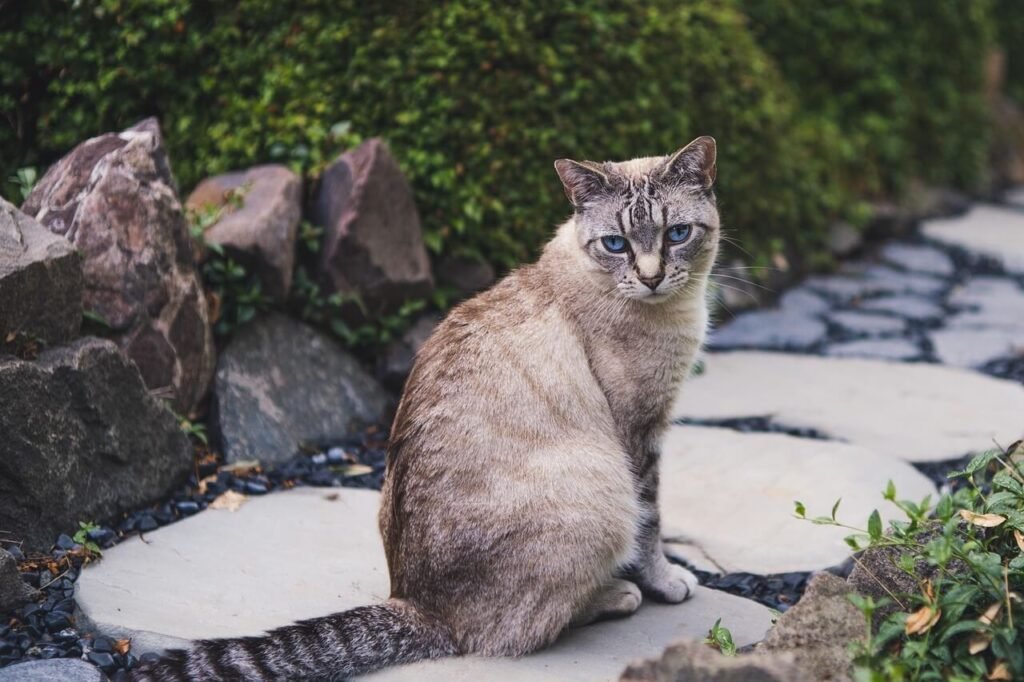
Reasons Cats Make Biscuits | Reasons Cats Don’t Make Biscuits |
|---|---|
Nursing instincts from kittenhood | Early weaning disrupting the habit |
Marking territory with scent glands | Lack of exposure to soft surfaces |
Feeling relaxed and secure | Personality traits discouraging kneading |
Stretching muscles in paws and legs | Physical discomfort preventing movement |
Bonding with humans or other pets | Past trauma affecting behavior patterns |
How to Inspire Kneading Behavior in Your Cat
If you want to encourage your cat to make biscuits, there are ways to create an inviting environment that fosters this behavior. Keep in mind, though, that forcing it won’t work—your cat needs to feel genuinely comfortable first.
Provide Soft Blankets or Pillows :
Offer plush surfaces that mimic the texture of a mother cat’s fur.Use Calming Scents :
Lavender or chamomile scents can help relax your cat and make them more likely to knead.Engage in Gentle Playtime :
Interactive play sessions can boost your cat’s mood and encourage instinctual behaviors.Create a Safe Space :
Ensure your cat has a cozy area free from loud noises or disturbances.Reward Affectionate Gestures :
Praise or treat your cat when they show signs of relaxation or affection.
By fostering a calm and supportive atmosphere, you increase the chances of seeing your cat knead. However, remember that every cat is different, and their happiness matters most.
Other Ways Cats Show Love and Trust
Even if your cat doesn’t make biscuits, they likely express affection in other meaningful ways. Recognizing these behaviors can deepen your bond and ease concerns about their lack of kneading.
Head Butting (Bunting) :
Rubbing their head against you is a sign of trust and marking you as part of their family.Purring :
The soft hum of purring indicates contentment and relaxation.Slow Blinking :
A slow blink from your cat is essentially a “kitty kiss” signaling love and trust.Following You Around :
Cats who shadow their owners are demonstrating attachment and curiosity.Sleeping Near You :
Choosing to nap close to you shows that your cat feels safe and secure in your presence.
These gestures prove that kneading isn’t the only way cats communicate their feelings. Celebrate the unique ways your cat chooses to connect with you.
How Your Home Environment Shapes Kneading Behavior
A cat’s surroundings can significantly impact whether or not they engage in kneading. Creating a nurturing and stress-free environment can encourage this behavior, while a chaotic or uncomfortable space may discourage it. Here are some environmental factors to consider:
Comfortable Bedding :
Providing soft, plush bedding can entice your cat to knead as they settle into their favorite spot.Quiet Spaces :
Cats are more likely to knead in calm areas where they feel safe and undisturbed.Routine and Stability :
A predictable daily routine helps cats feel secure, making them more inclined to express natural behaviors like kneading.Interactive Toys :
Stimulating toys can boost your cat’s mood and energy, potentially leading to playful or affectionate actions like kneading.Temperature Control :
Warmth often triggers kneading, so ensure your home is cozy during colder months.
By optimizing your cat’s environment, you create conditions that may naturally encourage kneading. However, remember that each cat responds differently, and patience is key.
When Physical Health Impacts Kneading Behavior
Sometimes, a cat’s reluctance to knead may stem from underlying health issues. If your cat has suddenly stopped kneading or never shows interest in it, it’s worth considering potential medical causes. Here are some health-related factors to keep in mind:
Arthritis or Joint Pain :
Stiffness or discomfort in the paws or joints can make kneading painful for older cats.Paw Injuries :
Cuts, splinters, or other injuries on the paws might deter your cat from pressing down.Overgrown Claws :
Long claws can interfere with paw movement, making kneading uncomfortable.Stress or Anxiety :
Chronic stress can suppress instinctive behaviors, including kneading.Underlying Illness :
Conditions like hyperthyroidism or dental pain may affect your cat’s overall comfort and willingness to knead.
If you suspect a health issue, consult your veterinarian to rule out any problems. Addressing these concerns can improve your cat’s well-being—and possibly reignite their kneading habit.
Other Ways Your Cat Seeks Comfort and Security
Even if your cat doesn’t knead, they may exhibit other behaviors that serve a similar purpose of self-soothing or bonding. Recognizing these alternatives can help you understand how your cat finds comfort in their own unique way.
Grooming Themselves Excessively :
Licking or grooming is a common way cats calm themselves when feeling anxious or relaxed.Nuzzling Objects :
Rubbing their face against furniture or blankets mimics the scent-marking aspect of kneading.Circling Before Lying Down :
This behavior, often seen before settling in, mirrors the nesting aspect of kneading.Sucking on Fabric :
Some cats suckle on soft materials, reminiscent of nursing behaviors associated with kneading.Curling Up Tightly :
Cats who curl into tight balls while sleeping may be seeking the same sense of security that kneading provides.
These behaviors highlight how cats adapt to find comfort in diverse ways. While kneading is charming, these alternatives are equally valid expressions of their need for safety and relaxation.
Frequently Asked Questions About Cats and Kneading
Is it normal for my cat not to knead?
Yes, it’s perfectly normal. Not all cats knead, and many express affection in other ways.
Should I worry if my cat suddenly stops kneading?
If accompanied by changes in behavior or appetite, consult a vet to rule out health issues.
Can I teach my cat to knead?
While you can encourage it, cats must feel naturally inclined to knead—it can’t be forced.
Do older cats stop kneading as they age?
Some older cats may knead less due to decreased energy or joint stiffness, but it varies by individual.
Is kneading always related to nursing?
While rooted in nursing instincts, adult cats knead for various reasons, including comfort and bonding.
Final Thoughts: Embracing Your Cat’s Unique Personality
Every cat is wonderfully unique, and whether or not they make biscuits is just one small piece of their intricate personality puzzle. Understanding the reasons behind kneading—and its absence—helps us appreciate the diverse ways our feline friends express themselves. Instead of focusing solely on this one behavior, celebrate the myriad ways your cat shows love and trust. Whether through slow blinks, purrs, or playful antics, your cat communicates their devotion in their own special way. So cherish those moments, knowing that your bond transcends any single gesture—even biscuit-making.
Why Is My Cats Second Eyelid Showing? Best 7 Expert Tips! Understand causes, health signs, and how to respond when your cat’s third eyelid becomes visible.
How Do I Know If My Cat Died Peacefully? Best 7 Expert Tips! Discover the quiet signs of a peaceful feline passing and find comfort in their final moments.
Cat Allergy Eyes: Best 7 Expert Tips! Discover why your eyes react to cats and learn proven strategies for relief—without giving up your feline friend.
Why Do Abyssinian Cat Colors Matter? Best 7 Expert Tips! Discover the genetics, rare hues, and care secrets behind Abyssinian coat colors for a healthier, happier cat.

